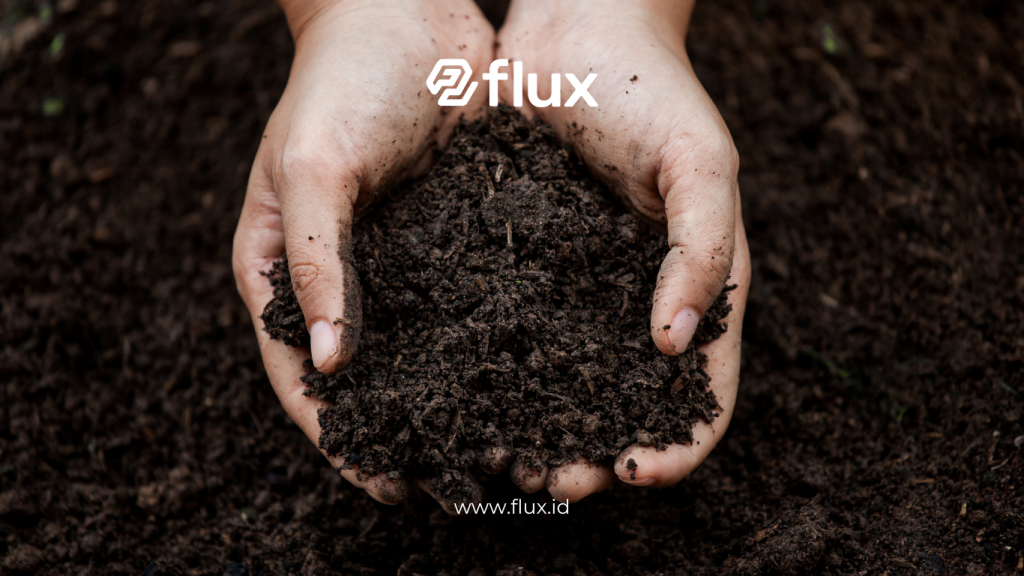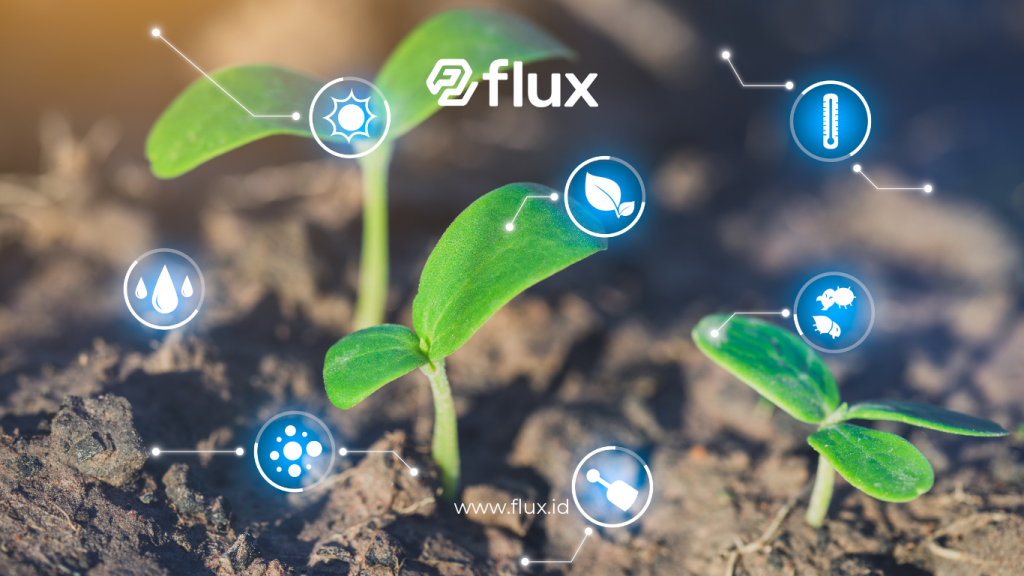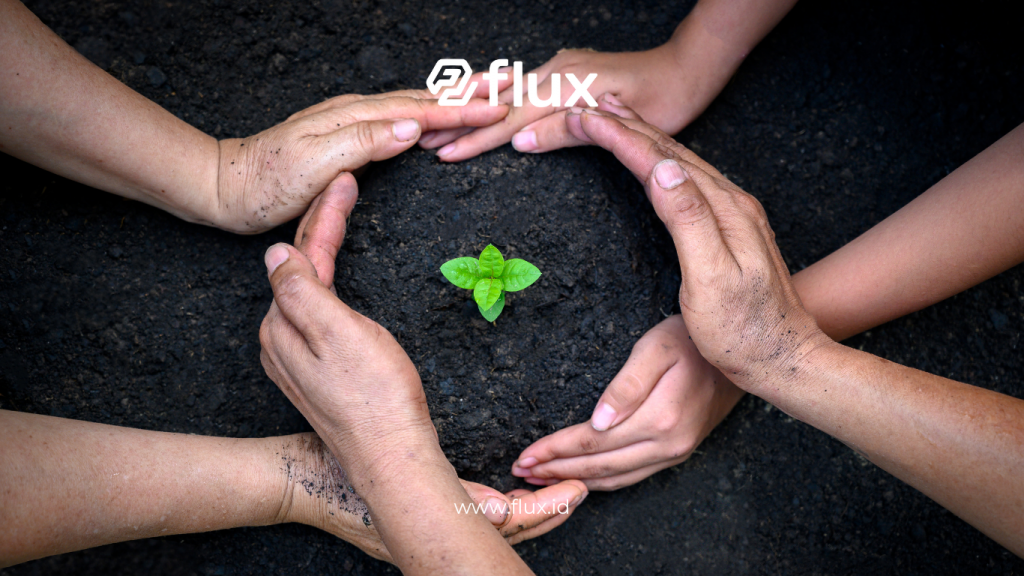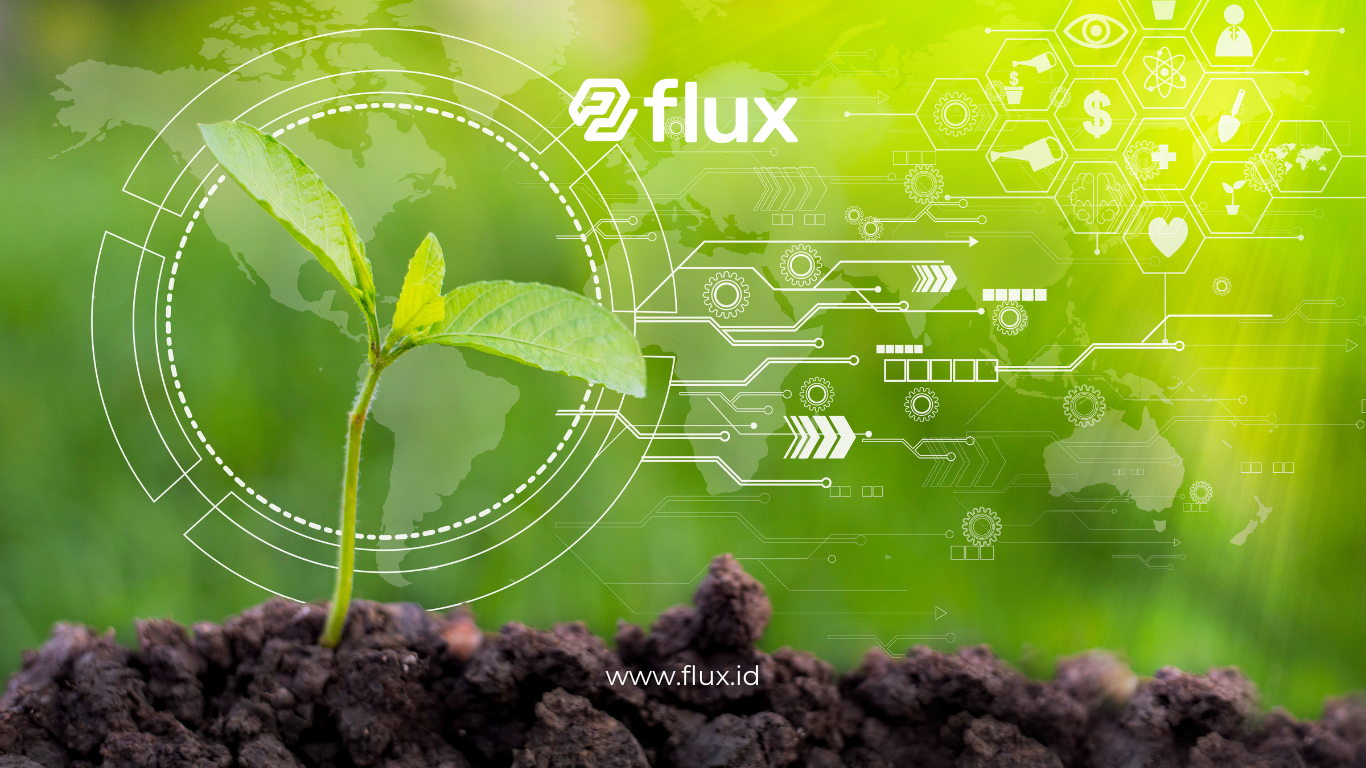Don't miss our holiday offer - 20% OFF!
Modern agriculture faces challenges in maintaining optimal soil nutrient balance to support plant growth. An innovative solution to address this issue is IoT Sensor Technology. This technology aids farmers in efficiently managing soil resources through real-time data measurement and analysis. This article explores the role, mechanisms, and benefits of IoT Sensors in improving soil nutrient quality.
Contents
- 0.1 1. Why Is Soil Nutrient Balance Important?
- 0.2 2. IoT Sensor Technology: A Solution for Soil Nutrient Monitoring
- 0.3 3. How IoT Sensors Work for Soil Nutrition
- 0.4 4. Types of IoT Sensors for Soil Nutrition
- 0.5 5. Benefits of IoT Sensor Technology in Agriculture
- 0.6 6. Challenges in Implementing IoT Sensor Technology
- 0.7 7. The Future of IoT Sensor Technology in Agriculture
- 1 Kesimpulan
1. Why Is Soil Nutrient Balance Important?

Read More: Soil Nutrient Sensor Innovation: Preserving Soil Quality and Plant Health
Soil nutrient balance affects:
- Soil fertility: Plants require nitrogen (N), phosphorus (P), potassium (K), and other micronutrients in specific amounts.
- Crop yield: Healthy soil boosts productivity.
- Environmental sustainability: Balanced nutrients minimize over-fertilization that could harm ecosystems.
Imbalances in nutrients can lead to plant growth issues and reduced crop quality.
2. IoT Sensor Technology: A Solution for Soil Nutrient Monitoring
What Are IoT Sensors?
IoT sensors are smart devices capable of measuring and transmitting data in real-time to internet-based monitoring systems. For agriculture, these sensors are designed to:
- Detect soil nutrient levels.
- Measure soil moisture and temperature.
- Provide user-friendly data to farmers via applications.
How Do IoT Sensors Help?
By leveraging this technology, farmers can:
- Identify soil needs: Data highlights deficiencies or surpluses in nutrients.
- Monitor environmental changes: Real-time tracking helps adjust nutrient management based on weather conditions.
- Optimize fertilizer usage: Apply fertilizers only where needed.
3. How IoT Sensors Work for Soil Nutrition

Read More: Soil Nutrient Sensor: Enhancing Agricultural Yields
- Sensor installation on fields: Sensors are placed at various soil points to measure specific parameters.
- Data collection: Sensors detect nutrient content, pH levels, temperature, and soil moisture.
- Data transmission: Data is sent via the internet to a farmer’s application dashboard.
- Analysis and recommendations: The system provides automatic recommendations, such as the required fertilizer dosage.
4. Types of IoT Sensors for Soil Nutrition
- pH Sensors: Measure soil acidity.
- Moisture Sensors: Determine required water levels.
- EC Sensors (Electrical Conductivity): Measure dissolved nutrient concentration.
- NPK Sensors: Specifically monitor nitrogen, phosphorus, and potassium levels.
5. Benefits of IoT Sensor Technology in Agriculture

Read More: Soil Nutrient Monitoring Technology for Nutrient Balance
- Resource efficiency: Reduces fertilizer waste.
- Higher crop yields: Plants grow optimally with sufficient nutrients.
- Cost savings: Reduces labor and fertilizer expenses.
- Environmental sustainability: Lowers the negative impact of chemical fertilizer use.
6. Challenges in Implementing IoT Sensor Technology
- Initial cost: Devices and sensor installation are relatively expensive.
- Internet availability: Remote agricultural areas may lack connectivity.
- Farmer training: Education is required to understand and use sensor data.
7. The Future of IoT Sensor Technology in Agriculture

Read More: Soil Nutrient Sensors: A New Way to Measure Nutrient Content in Real-Time
This technology continues to evolve with artificial intelligence (AI) and big data integration. In the future, farmers may utilize historical data to predict soil nutrient needs with precision, even before deficiencies arise.
Kesimpulan
IoT Sensor Technology offers a revolutionary solution to enhance soil nutrient balance. By utilizing real-time data, farmers can maintain soil fertility, improve crop yields, and support environmental sustainability. Despite challenges, adopting this technology marks a crucial step towards more efficient and eco-friendly modern agriculture.





